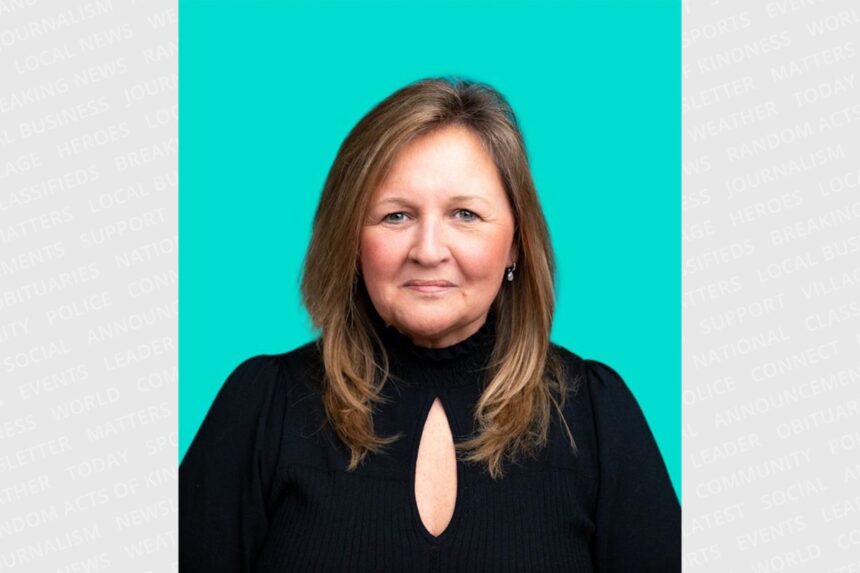As healthcare governance enters a pivotal era of transformation across Ontario, Southlake Regional Health Centre has announced a significant leadership transition that signals its commitment to strategic healthcare innovation. Annette Jones, a veteran healthcare executive with over 25 years of experience in healthcare administration, has been appointed as the new Chair of Southlake Health’s Board of Directors, succeeding Patrick Horgan who completed his term after dedicated service to the hospital’s governance.
The announcement comes at a critical juncture for Southlake, which continues to navigate unprecedented patient demand while simultaneously advancing plans for a new hospital campus to serve York Region’s rapidly growing population. The leadership shift represents more than a routine changing of the guard—it embodies the institution’s adaptive response to evolving healthcare challenges in post-pandemic Ontario.
“Healthcare leadership requires both vision and pragmatic solutions, especially as we work to address capacity challenges that have only intensified in recent years,” said Jones in her acceptance statement. “I am honored to serve Southlake during this transformative period and remain committed to ensuring our community receives exceptional care while we build for the future.”
Jones brings substantial governance credentials to her new role, having previously served as Vice Chair of the board and led multiple committees focused on quality improvement and fiscal sustainability. Her appointment coincides with the addition of four new directors to the board: Michael Smith, Dr. Vanessa Williams, Robert Cheng, and Samantha Ibrahim—each bringing specialized expertise ranging from financial management to clinical excellence.
The hospital’s President and CEO, Arden Krystal, expressed confidence in the renewed leadership team, noting that “our board’s diverse perspectives and combined expertise will be invaluable as we advance our new hospital project and continue enhancing patient care within our current facilities.”
This leadership transition occurs against the backdrop of Southlake’s ongoing capital campaign and efforts to address capacity pressures that have seen the hospital consistently operating above 100% capacity. The healthcare center serves more than 1.5 million residents across York Region and southern Simcoe County, communities that continue to experience significant population growth.
The new board composition reflects deliberate efforts to align governance expertise with the institution’s strategic priorities, including digital health innovation, community partnerships, and financial sustainability. Notably, the board now features stronger representation from clinical professionals, with three members holding medical or nursing backgrounds—a composition that healthcare governance experts suggest may better position the hospital to address both patient care and operational challenges.
Industry analysts observing healthcare governance trends across Canada note that hospitals are increasingly seeking board members with specialized skills rather than general business backgrounds. “We’re seeing a shift toward precision governance,” explains healthcare policy analyst Dr. Elaine Thomson, who was not involved in Southlake’s selection process. “Boards are being constructed with specific competencies that align with institutional strategic priorities, particularly as hospitals face complex challenges from funding constraints to workforce sustainability.”
As Jones assumes her leadership role, she faces immediate challenges including navigating provincial healthcare restructuring, addressing staff burnout, and advancing the hospital’s expansion plans through complex approval processes. Her success will likely be measured not only by financial performance metrics but by improvements in patient access, care quality, and community health outcomes.
How will this new leadership team balance immediate healthcare delivery pressures with the long-term vision required to transform Southlake into a healthcare center equipped for the next generation of patient needs?























